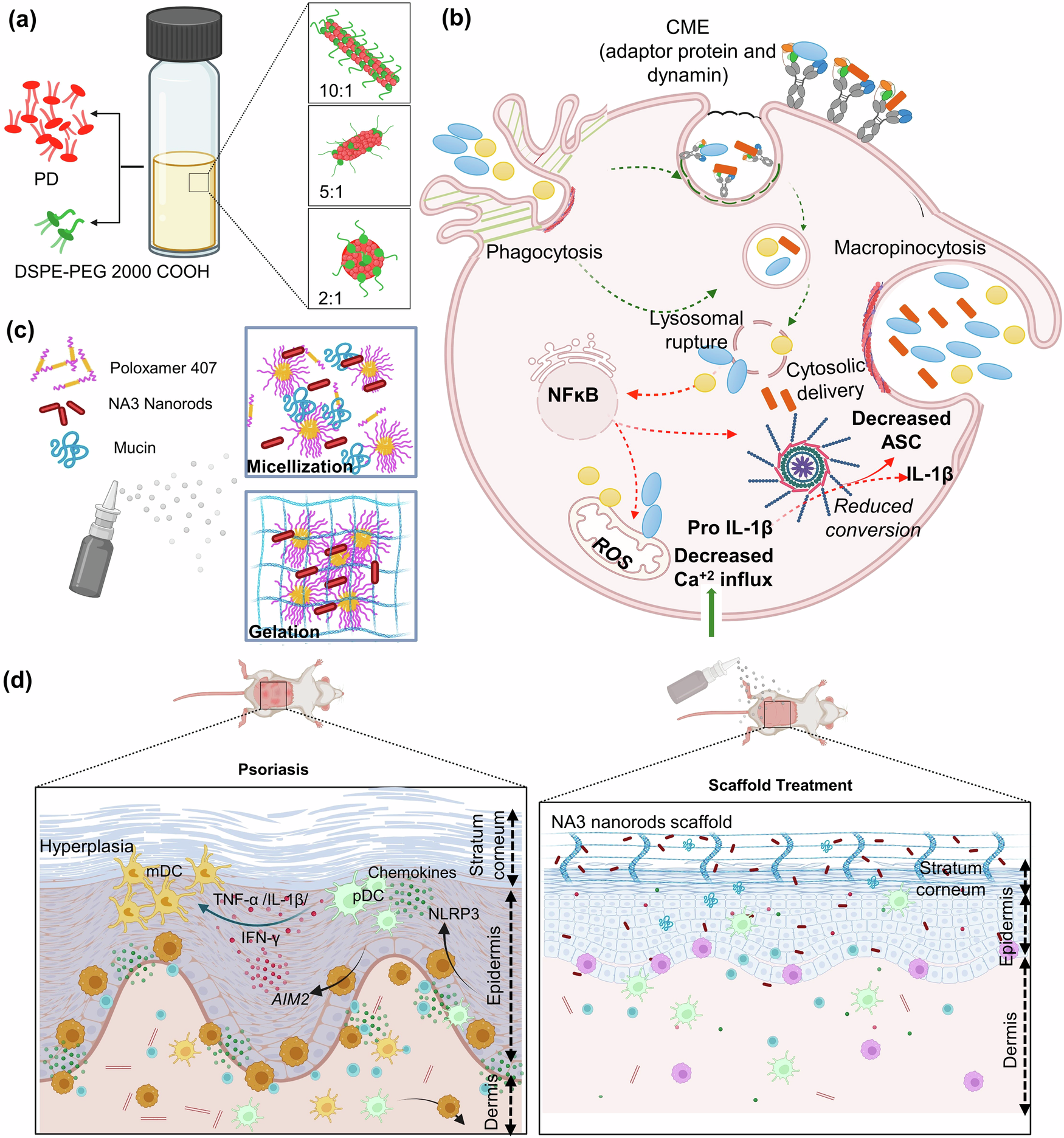2024-11-13 ペンシルベニア州立大学(PennState)
<関連情報>
- https://www.psu.edu/news/research/story/persistent-racial-disparities-vascular-surgery-outcomes
- https://www.jvascsurg.org/article/S0741-5214(24)01213-8/abstract
米国における頸動脈内膜剥離術の転帰における人種間格差を評価するための系統的レビューとメタ分析 Systematic review and meta-analysis to assess the racial disparities in the outcomes of carotid endarterectomy in the United States
Ahsan Zil-E-Ali, MBBS∙ Billal Alamarie, BS∙ Abdul Wasay Paracha, BS∙ Fadi Samaan, BS∙ Faisal Aziz, MD
Journal of Vascular Surgery Published:May 20, 2024
DOI:https://doi.org/10.1016/j.jvs.2024.05.034
Abstract
Objective
Race-based disparities in health care have been related to a myriad of prevailing factors among minorities in the United States. This study aims to study the race-based differences in the outcomes of carotid endarterectomy (CEA).
Methods
The PROSPERO database registered the review protocol (CRD42023428253). A systematic English literature review was performed using literature databases PubMed and Scopus from inception till June 2023. The review was designed on the Preferred Reporting Items for Systematic Reviews and Meta-Analysis (PRISMA) guidelines and included studies reporting mortality, stroke, or composite outcome of mortality and stroke after CEA for carotid artery disease, regardless of any degree of stenosis including both symptomatic and asymptomatic patients. The risk of bias was evaluated utilizing the Risk of Bias in Non-randomized Studies – of Interventions (ROBINS-I) tool. A pooled odds ratio (OR) for the overall mortality was computed, and a P value of < .05 was designated as statistically significant. Interstudy heterogeneity was evaluated by Q-metric and quantified using Higgins I2 statistics.
Results
Twelve studies were identified which included a total of 574,055 patients who underwent CEA from 1998 to 2022. Eleven of 12 studies reported 30-day mortality as an outcome for patients undergoing CEA in which 524,708 patients (92.5%) were White and 42,797 (7.5%) were non-White. The overall pooled OR indicated a statistical significance in 30-day mortality between White and non-White patients undergoing CEA (OR, 1.73; 95% confidence interval [CI], 1.37-2.18; P = .011) with substantial heterogeneity (I2 = 56.3%). Eleven of 12 studies reported stroke as an outcome for patients undergoing CEA in which 524,708 patients (92.5%) were White and 42,801 (7.5%) were non-White. The overall pooled OR indicated no statistical significance in stroke between White and non-White patients undergoing CEA (OR, 1.46; 95% CI, 1.28-1.65; P = .111) with moderate heterogeneity (I2 = 35.9%). Five of 12 studies reported composite mortality or stroke as an outcome for patients undergoing CEA. The overall pooled OR indicated no statistical significance in composite mortality or stroke between White and non-White patients undergoing CEA (OR, 1.40; 95% CI, 1.24-1.59; P = .467) with no heterogeneity (I2 = 0.0%).
Conclusions
Non-White patients have a relatively higher risk of mortality; however, no significant difference was observed between the racial groups in terms of stroke or a composite outcome of mortality or stroke. The odds of mortality in non-White patients have been persistent throughout recent studies.


